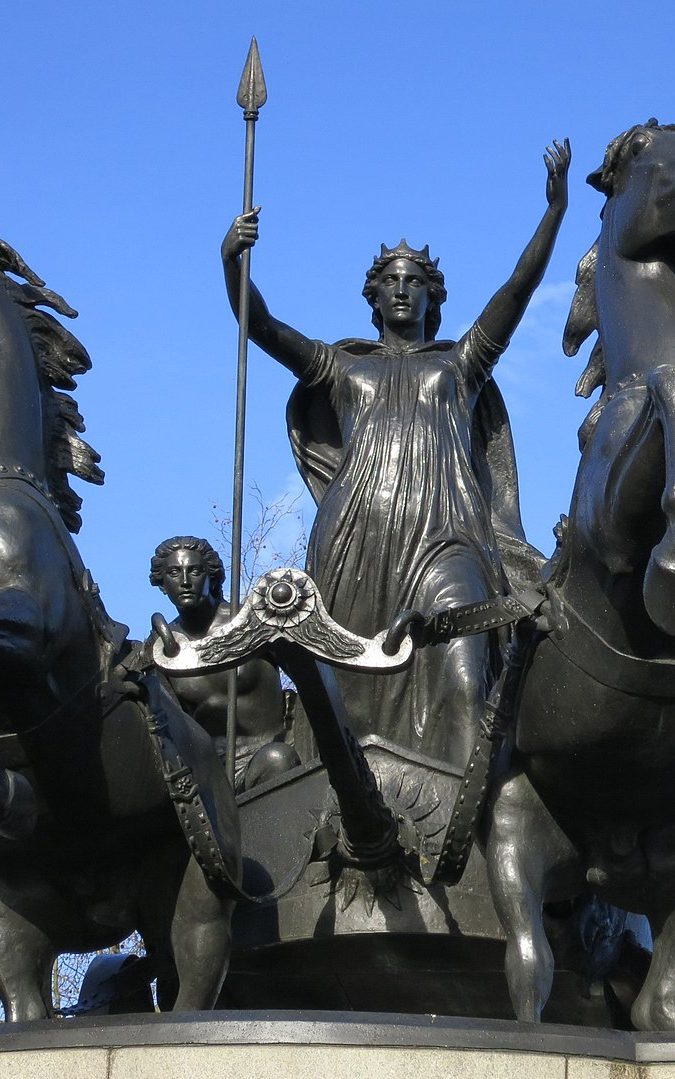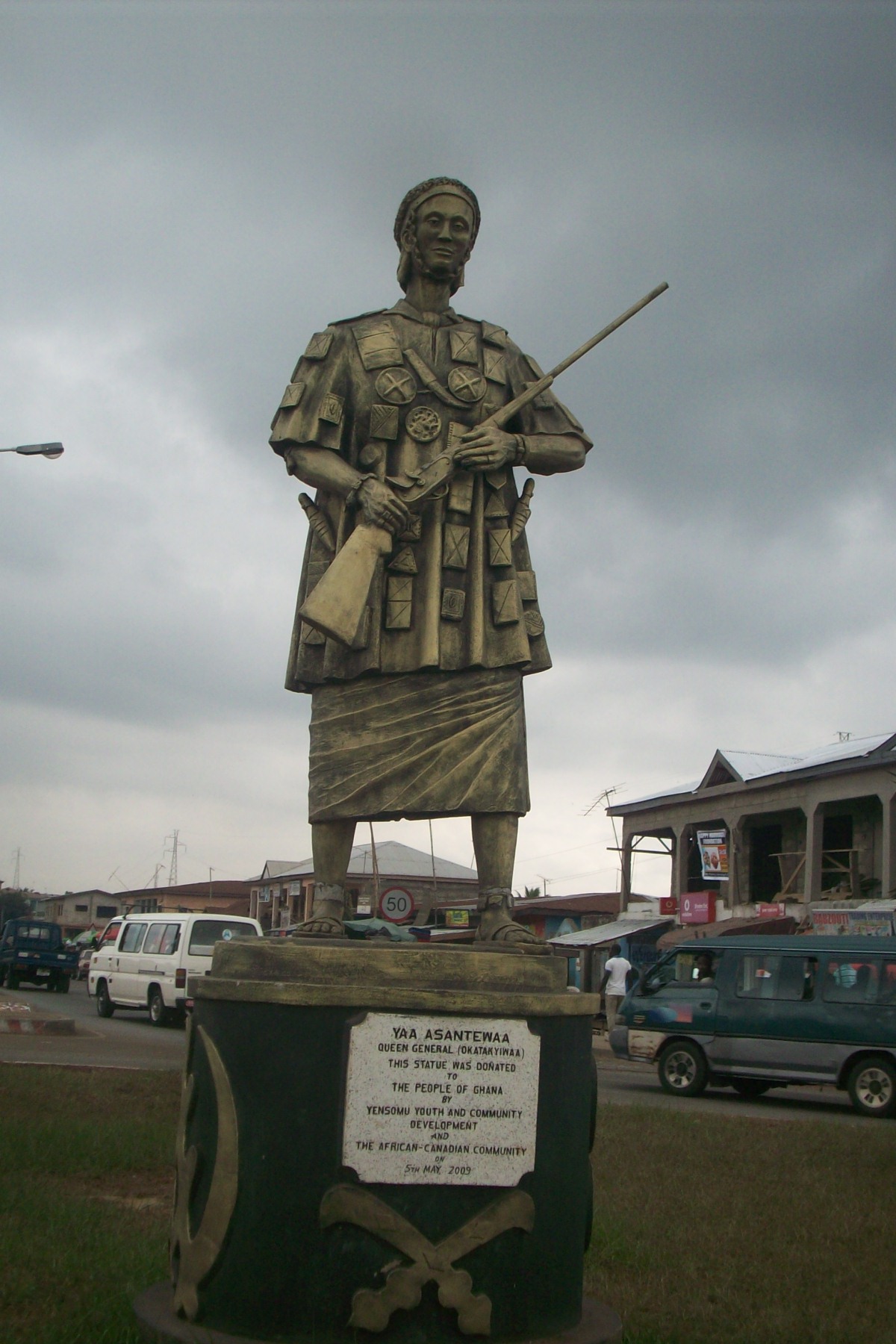
This originally appeared on misteragyeman.blogspot.com on September 10, 2014.
I wore a very nice shirt on Friday. Everybody kept telling me. They didn’t say “You look nice” just “Nice shirt!” (One notices the difference after the third or fourth instance.) I wore this uncharacteristically stylish shirt because every week on this day, we’re supposed to wear our culture. Our culture is colourful; our culture is dapper; and our culture is best expressed by Dutch textile printing technology.
Let’s consider culture for a bit.
My friend asked yesterday where Stonehenge was. It featured a bit in the backdrop of Thor 2 – but there was a naked scientist in the foreground, so I understand why he missed it. Was it Scottish or Irish, he asked. I thought about that, and I realized I might have made that assumption too. I know William Wallace and I see the Riverdance, but you never suspect that the English have ancestors beyond Shakespeare. Matter of fact, when you hear about the Stonehenge, you hear of precise engineering and profound ingenuity, not human sacrifice and naked scientist ancestors.
‘The Asantewaa-Boadicea Connection’. In an Political Troll phase about a year ago, I posted this fragment on my Timeline and waited for the mob to come. Nobody noticed. So now I’ll spell it out.


Boadicea was a queen of the Iceni. When her husband died, the Romans claimed their kingdom. She challenged this, and they took offence. They flogged her, and she took offence. So she went after them and slew a great many. Then the Romans sent reinforcements, and she died, possibly by her own hand.
Yaa Asantewaa was a queen mother of the Ejisu. The British signed an accord with the Asante nation, which included her tribe. Then they went and imprisoned the Asante king and his nobles. Then they asked for the Golden Stool. (It’s not just a chair. It’s a golden chair, with juju in it.) So she took offence, and went and slew a great many. Then the British sent reinforcements, and she ended up in the Seychelles, which wasn’t so nice back then.
It’s an interesting image. Britons in blue war paint, resisting the civilizing effect of the modern Romans. But I digress. We see more of Irish and Scottish tradition than the English, was my point. Because civilization now has a look of its own. Civilization wears dark suits, and speaks one of six or seven major languages. So what happens when civilization hits the tribe?
People talk about people from the West trying to look exotic by wearing beads and tie-die. Now I see people around me wearing beads and tie-die, but I’m told that this time it’s pride in our culture. Was beads a thing before this century? Especially on guys. Because I’ve been wondering if it wasn’t just a thing for festivals originally- and even then, possibly for just nobles. Which would make the modern guy in his Afro-chic outfit as pimp as a guy in a crown and ermine cloak.
Just a thought.
We’re having this discussion as a culture now, because we’re satisfied enough with our civilization that we’re now wondering about our identity. In Nkrumah’s midnight speech, he said, “…we are going to create our own African personality and identity.” Thing is, weren’t we Africans already? We had been for a few millennia – no? – without the borders and flags and constitutions. But we decided that the best way to justify ourselves to the West was to beat them at their own game, earn their recognition. So we had the flags and coats of arms; writers’ congresses and art schools- all figuring out how to straddle the line between tradition and civilization. African sounds for instruments of the West, transcriptions of oral traditions in English and French. As a by-product of the work to unite such a diverse continent, we’ve distilled our common icon into a useful shorthand, a sort of recipe for African-ness. A few beads, a little kente, an elephant silhouetted by the setting sun… just add hot water.
“A tiger doesn’t proclaim its tigerness; it jumps on its prey.” I don’t often quote Soyinka, but this sounds very deep; Horatio might take his glasses off to say this. Question: what happens when the tiger wakes up with a black-and-white colour scheme, and an appetite for grass? Should the tiger fight the hunger?